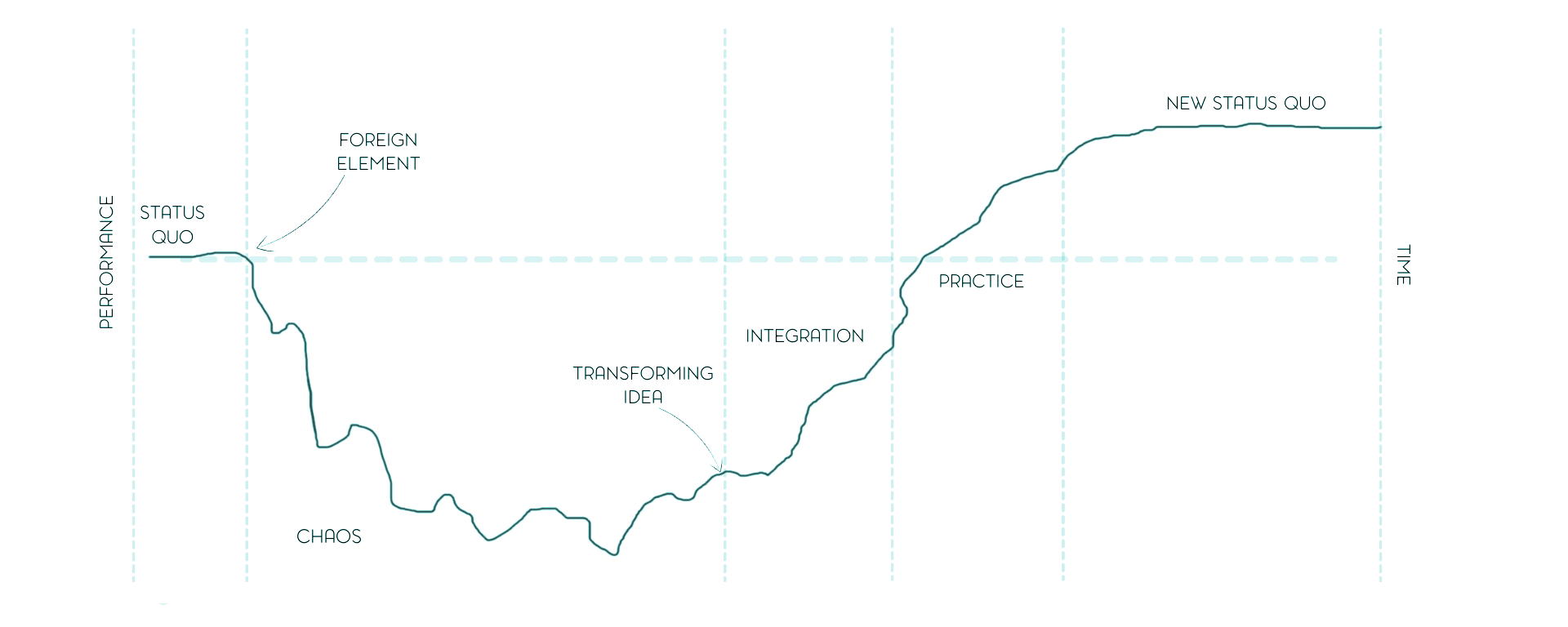
Mapping trust
Organisations invest heavily in procedures, certifications, and standards. Yet whether those investments deliver results depends on something far less tangible: human relationships. As organisations become more distributed and interdependent, seeing and strengthening these connections becomes critical to resilience. The hidden architecture of trust Without trust, perfectly drafted policies and shiny certificates become little more than beautifully formatted PDFs. In networks where multiple organisations or teams rely on each other to deliver quality services, trust determines whether processes work in practice or collapse under miscommunication. ...
